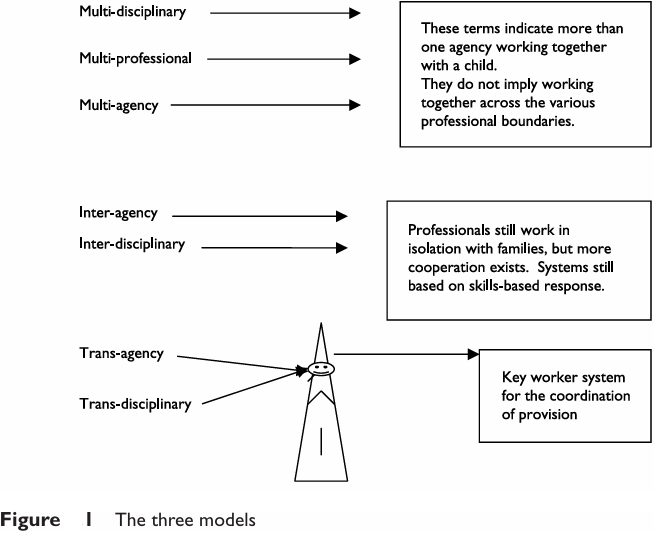

Grammar


Tenses


Present

Present Simple

Present Continuous

Present Perfect

Present Perfect Continuous


Past

Past Simple

Past Continuous

Past Perfect

Past Perfect Continuous


Future

Future Simple

Future Continuous

Future Perfect

Future Perfect Continuous


Parts Of Speech


Nouns

Countable and uncountable nouns

Verbal nouns

Singular and Plural nouns

Proper nouns

Nouns gender

Nouns definition

Concrete nouns

Abstract nouns

Common nouns

Collective nouns

Definition Of Nouns


Verbs

Stative and dynamic verbs

Finite and nonfinite verbs

To be verbs

Transitive and intransitive verbs

Auxiliary verbs

Modal verbs

Regular and irregular verbs

Action verbs


Adverbs

Relative adverbs

Interrogative adverbs

Adverbs of time

Adverbs of place

Adverbs of reason

Adverbs of quantity

Adverbs of manner

Adverbs of frequency

Adverbs of affirmation


Adjectives

Quantitative adjective

Proper adjective

Possessive adjective

Numeral adjective

Interrogative adjective

Distributive adjective

Descriptive adjective

Demonstrative adjective


Pronouns

Subject pronoun

Relative pronoun

Reflexive pronoun

Reciprocal pronoun

Possessive pronoun

Personal pronoun

Interrogative pronoun

Indefinite pronoun

Emphatic pronoun

Distributive pronoun

Demonstrative pronoun


Pre Position


Preposition by function

Time preposition

Reason preposition

Possession preposition

Place preposition

Phrases preposition

Origin preposition

Measure preposition

Direction preposition

Contrast preposition

Agent preposition


Preposition by construction

Simple preposition

Phrase preposition

Double preposition

Compound preposition


Conjunctions

Subordinating conjunction

Correlative conjunction

Coordinating conjunction

Conjunctive adverbs


Interjections

Express calling interjection


Grammar Rules

Passive and Active

Preference

Requests and offers

wishes

Be used to

Some and any

Could have done

Describing people

Giving advices

Possession

Comparative and superlative

Giving Reason

Making Suggestions

Apologizing

Forming questions

Since and for

Directions

Obligation

Adverbials

invitation

Articles

Imaginary condition

Zero conditional

First conditional

Second conditional

Third conditional

Reported speech


Linguistics

Phonetics

Phonology

Linguistics fields

Syntax

Morphology

Semantics

pragmatics

History

Writing

Grammar

Phonetics and Phonology

Semiotics


Reading Comprehension

Elementary

Intermediate

Advanced


Teaching Methods

Teaching Strategies

Assessment
Transdisciplinary and transagency working
المؤلف:
Sue Soan
المصدر:
Additional Educational Needs
الجزء والصفحة:
P17-C2
2025-03-26
563
Trans-disciplinary and trans-agency working
This is considered to be the most developed model, and most effectively supports current philosophies (Wall, 2003), because it clearly recognizes that areas of child development cannot be effectively separated, but are tightly interwoven. Thus, it stands to reason that professionals need to work across disciplines to provide effective responses to a child’s needs. For this reason one of the professionals from the ‘team’ becomes a ‘key worker’ or a ‘primary worker’, and is supported by the others who act like consultants. The key worker will be given the responsibility of coordinating and managing the child’s and his/her family provision. Lacey (2001: 67) vividly clarifies this: ‘In this way, the children are not seen as a combination of legs, hands, speech and intellect, but holistically in terms of their education and care.’ It is also felt that this system is an effective way of supporting families, because it limits the number of professionals that families need to have direct contact with. It is also thought that it helps families to establish a positive working relationship with the professional who is directly responsible for the management of the provision of services and for the passing on of all the information regarding their child or family. Central to this transdisciplinary working model are review meetings and case conferences when all the professionals, parents/carers and, if appropriate, the child, discuss progress, comment on all the various provisions in place and plan for both the short and long term.
Case study
Susan is physically disabled and as such requires the involvement of many medical specialists, social services and all the professionals directly involved with Susans mainstream schooling. During an initial case conference, it was decided that due to the number of professionals involved in Susans provision, a key worker would be the most effective method of making sure that her education and care were managed in a holistic manner. It was felt essential that information, provision and appointments were efficiently coordinated. In this particular case it was felt most appropriate that the parent (who fully supported the move) should take on the key worker role with a lot of support from the social service caseworker.
Despite these clear descriptions, there needs to be a word of warning. When working initially with a different agency or discipline, do not assume that the term ‘trans-agency’ or ‘multi-agency’ will mean the same to them as it does to you. Make sure that all the terminology to be used is clearly understood by all the individuals involved in any meeting or joint project, whether professionals or parents (see Figure 1).
Current legislation and guidance tend to use the term inter-agency working and therefore in an attempt to avoid unnecessary confusion this term will now be used later too.

 الاكثر قراءة في Teaching Strategies
الاكثر قراءة في Teaching Strategies
 اخر الاخبار
اخر الاخبار
اخبار العتبة العباسية المقدسة

الآخبار الصحية















 "المهمة".. إصدار قصصي يوثّق القصص الفائزة في مسابقة فتوى الدفاع المقدسة للقصة القصيرة
"المهمة".. إصدار قصصي يوثّق القصص الفائزة في مسابقة فتوى الدفاع المقدسة للقصة القصيرة (نوافذ).. إصدار أدبي يوثق القصص الفائزة في مسابقة الإمام العسكري (عليه السلام)
(نوافذ).. إصدار أدبي يوثق القصص الفائزة في مسابقة الإمام العسكري (عليه السلام) قسم الشؤون الفكرية يصدر مجموعة قصصية بعنوان (قلوب بلا مأوى)
قسم الشؤون الفكرية يصدر مجموعة قصصية بعنوان (قلوب بلا مأوى)


















